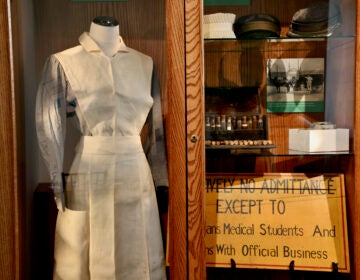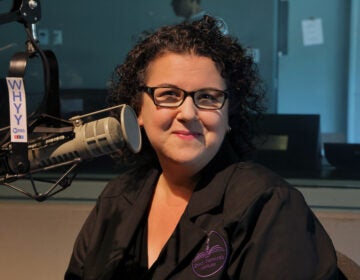2 people who donated parts of their bodies to Philly’s Mütter Museum now want them back
This comes as the relatively new leadership grapples with how to approach their collection, which includes a lot of human remains.
Listen 5:20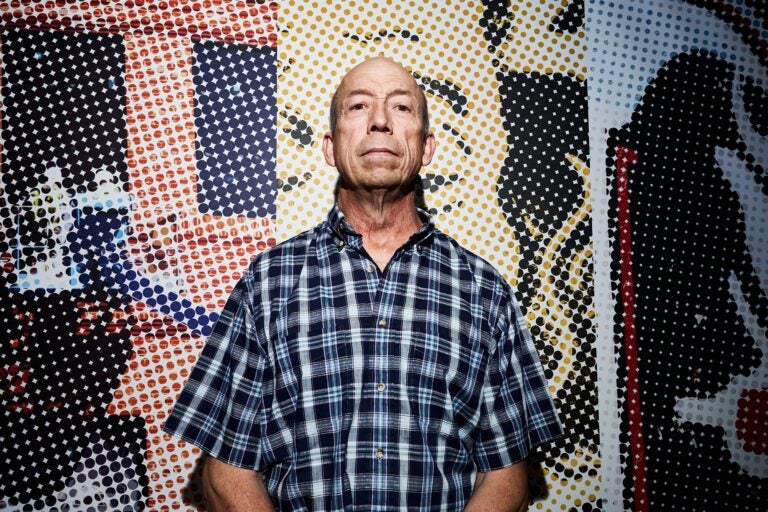
Robert Pendarvis (Matt Ramey)
From Philly and the Pa. suburbs to South Jersey and Delaware, what would you like WHYY News to cover? Let us know!
Four years ago, Robert Pendarvis gave his heart to the Mütter Museum, and now he wants it back.
He has a rare condition called acromegaly, a disorder where the body makes too much growth hormone, which causes people’s organs, bones and tissues to grow. He had a heart transplant four years ago. He donated his old heart to the Mütter Museum so they could display it and educate people about the disorder.
He worked with the then-curator of the museum on videos about his heart and conditions. He routinely showed those videos to medical providers to explain his condition.
Last year, the museum’s new leadership took down all their YouTube videos, including the one of Pendarvis’ heart, as part of an in-depth process to review the museum’s approach to displaying human remains. The decision upset Pendarvis, and now he’s asking for his old heart back.
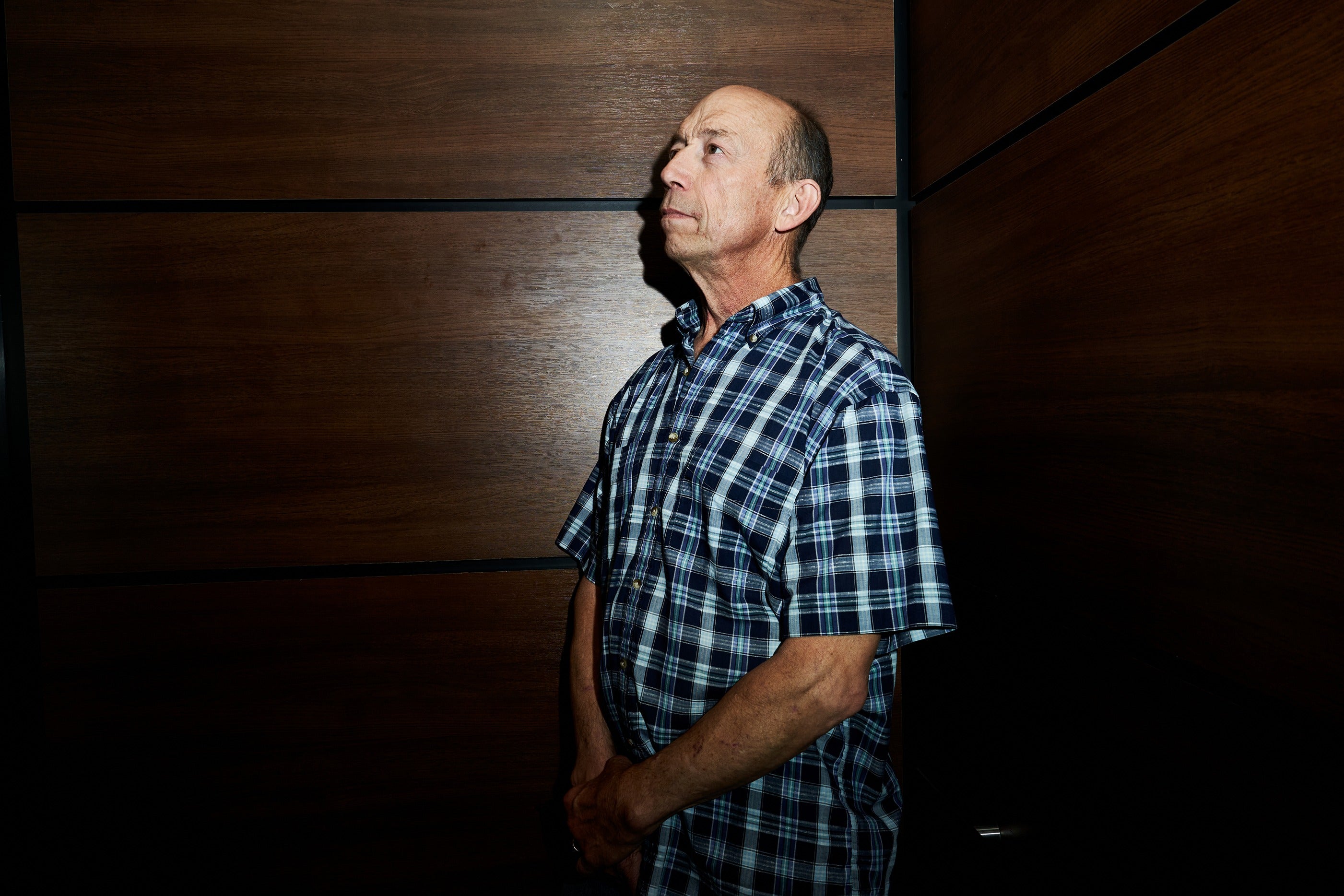
“I didn’t come across this decision lightly,” he said. “It’s just that they’re not letting it be in use for the reason why I gave it to the museum.”
The museum still has his heart on display, but the YouTube videos remain down.
“I think they are actually more disrespectful to donors that have donated to the museum for education, and the education aspect of their donation is being squashed.”
The Mütter Museum, which has a popular and storied medical history collection, has been under new leadership since late 2022. They are re-examining the museum’s approach toward their collection — which includes a lot of human remains. Most notably, they removed online exhibits and videos last year, which upset many loyal fans of the museum. This comes as museums around the world are grappling with how to handle the human remains in their collections, some of which did not come from people or communities who agreed to have the remains put in museums. The CEO of the College of Physicians, which runs the museum, resigned after just two years at the job. Late last year, the Mütter Museum held public meetings to ask for feedback, which led to some heated disagreements.
Pendarvis is not the only living donor to the museum asking for a return. Biomedical engineer Rachel Lance had surgery to remove an unusually large uterine fibroid, a common type of noncancerous tumor. Two years ago, she donated that fibroid to the Mütter Museum, also working with their former curator, Anna Dhody, who left the museum a few months ago after working there for more than a decade.
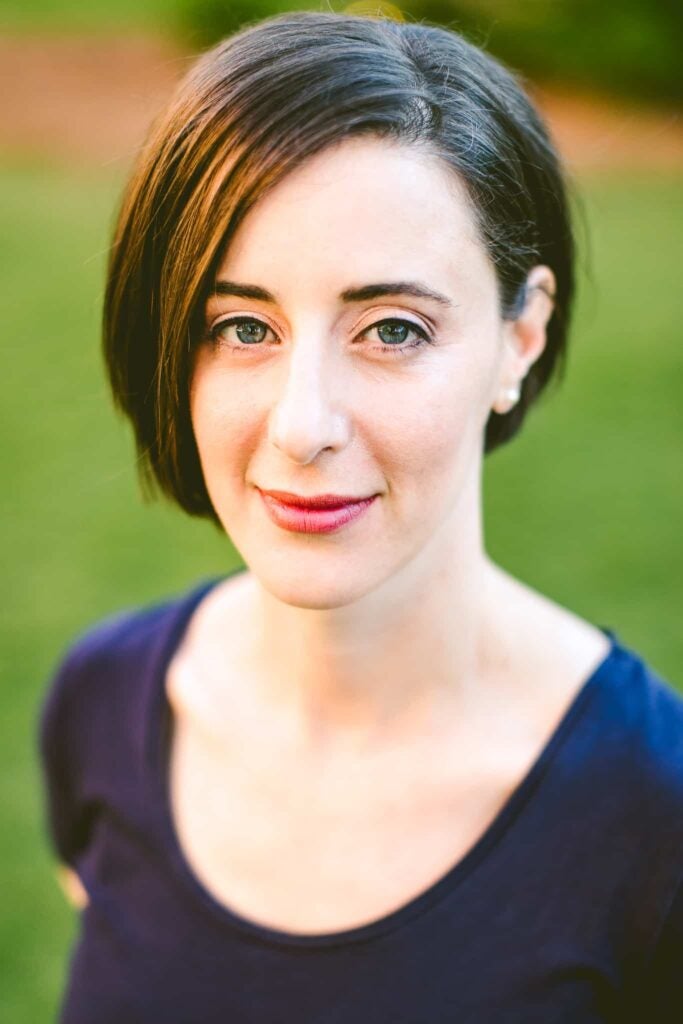
After Lance heard about the museum’s leadership changes, she emailed the museum to ask what would happen to her donation, but did not hear back. She flew from North Carolina to Philadelphia last fall to attend one of the town hall meetings for the museum. After that, she got on the phone with Executive Director Kate Quinn, who started leading the museum in 2022.
“The things that she said to me during that phone call were in my opinion extremely alarming: For example, she told me that once a museum has tissue they could do whatever they want with it. There’s no need for them to be responsible to any governing authority or to the people who donated it,” Lance said. “She verbatim told me that she sees no difference between human donations and human remains or a piece of pottery.”
Lance asked Quinn what ethical standards the Mütter Museum follows when it comes to handling human remains, and she said Quinn cited standards from the International Council of Museums and the American Alliance of Museums, both of which say that museums’ human remains have to respect the wishes of the people and communities where the remains come from. The American Alliance of Museums says, “Human remains should not be treated as property.”
Quinn said she did tell Lance that the museum can do whatever they want with a donation, even if it is part of someone’s body, but that does not mean she endorses it. Quinn said that when Lance donated her uterine fibroid to the museum, she signed a legal agreement the museum had at the time for accepting new donations, which does not distinguish between donating part of someone’s body and donating art.
“It’s not that each donation is being prescribed: ‘videos or content or will always be on display.’ It really just says you’re giving us ownership of the object and all of the copyright connected with it. And if we decide to move forward, we can destroy the object if we want to; it says it in the agreement and that’s what they signed. And I think that that’s not great.”
Quinn said that is why the museum is still working on an updated policy for human remains. And until they have that new policy, they are not showing any pictures or videos of human remains on their website, not even Robert Pendarvis’ videos.
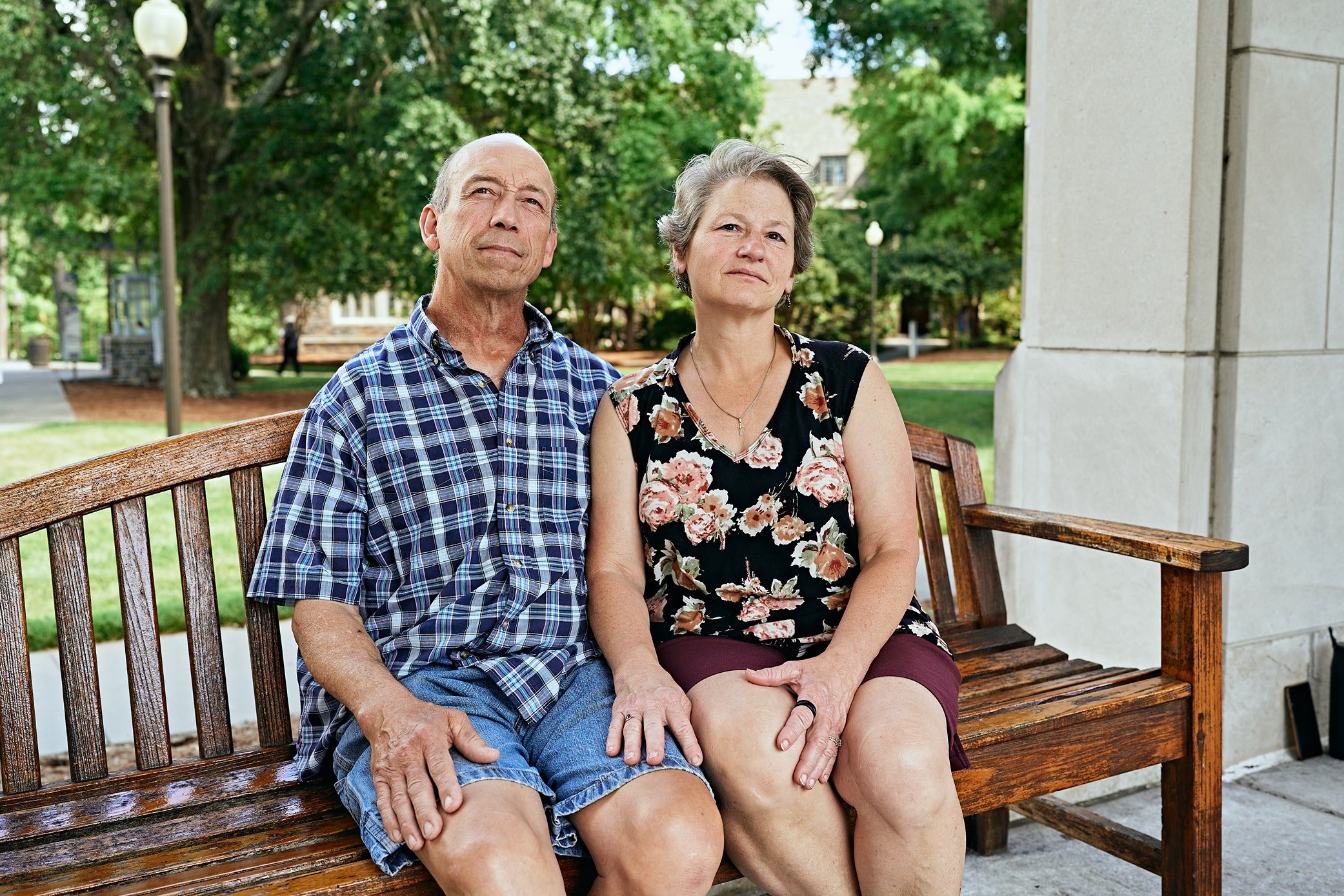
Both donors to the museum said they worked with the museum’s former curator, Anna Dhody, on their donations and what the museum would use them for. Quinn said the museum needs an updated policy that stands the test of time and does not depend on a donor’s relationship with any individual person at the museum.
“This agreement would be the only thing that is locking these folks in 200 years from now, 20 years from now, two years from now, when none of us will be here anymore. It’s the only thing that the institution will have in the future to guide it in understanding how to use these collections.”
The museum’s board agreed to return Rachel Lance’s uterine fibroid to her, as she requested. Since the former CEO resigned last year, the museum has three interim CEOs, and they are in touch with Robert Pendarvis, according to a museum spokesperson, who added that museum leaders would like to resolve his concerns in a way that everyone can be happy with.
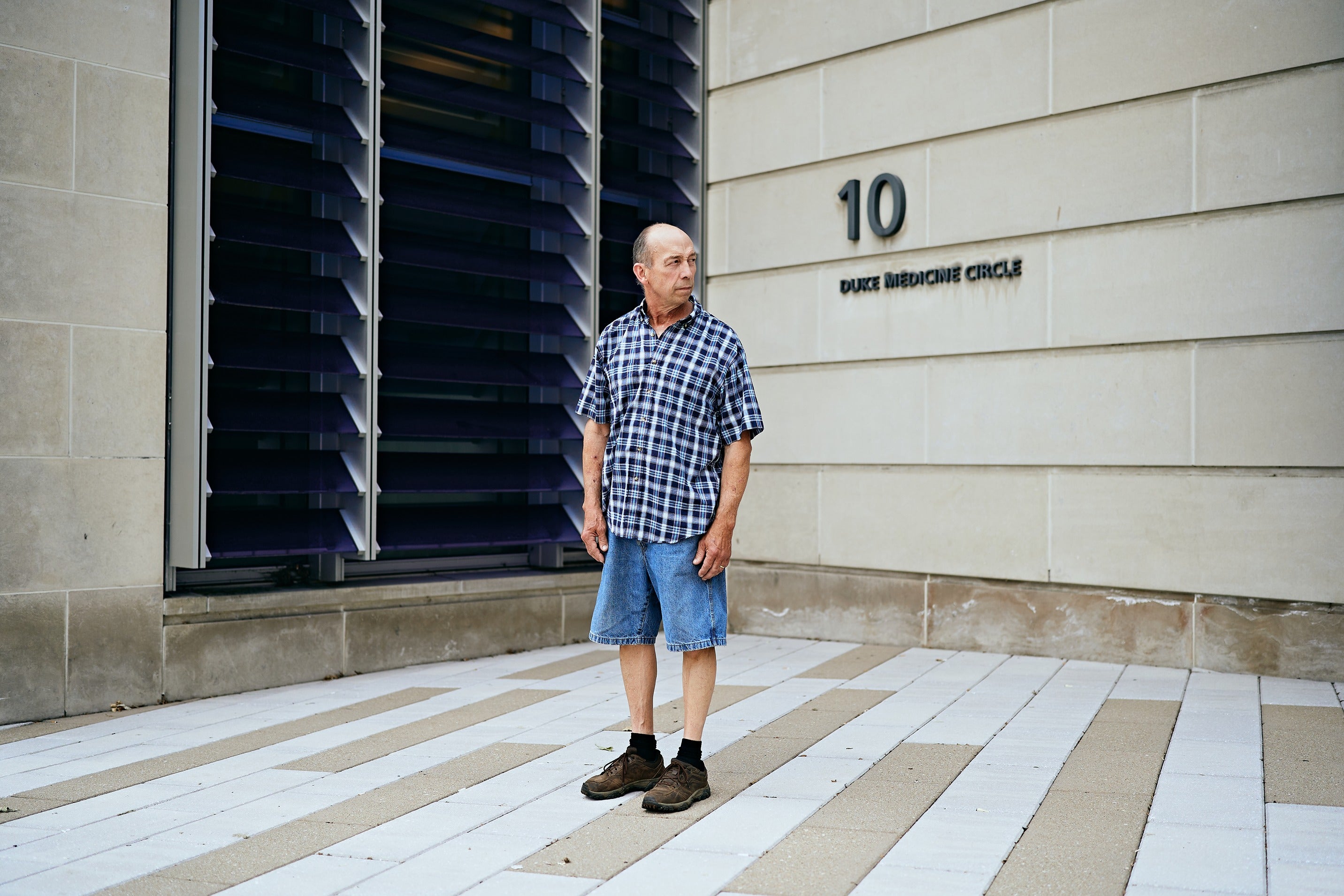
The museum recently opened a new exhibit that is focused on asking visitors to reflect on the museum’s history and practices around collecting specimens and dealing with human remains. The exhibit will expand Thursday, June 27, which will include Robert Pendarvis’ heart and edited parts of the videos about his heart.

Get daily updates from WHYY News!
WHYY is your source for fact-based, in-depth journalism and information. As a nonprofit organization, we rely on financial support from readers like you. Please give today.




